The 2024 AHR Expo co-sponsored by ASHRAE and AHRI, was held Jan. 22-24 at McCormick Place in Chicago, IL, concurrent with the ASHRAE Winter Conference. A total of 1,875 exhibitors spread across 527,520 square feet, and 120 free educational sessions drew 48,034 total attendees. Driven by decarbonization and green transition megatrends, this event highlighted the global refrigerant transition; adoption of heat pumps; integration of building automation systems and AI; and optimization of the energy/water nexus in applied equipment. This article recaps the response and innovation from manufacturers of chillers, cooling towers and related equipment.
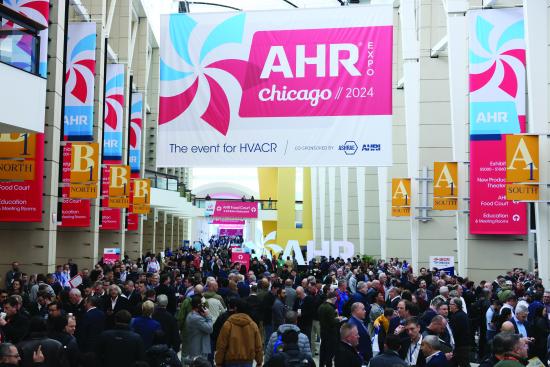
The 2024 AHR Expo drew 48,034 attendees.
Refrigerants, Refrigerant Compressors & Chillers
“Regulations are driving change in our industry,” said Brian Dail, Application Engineering Manager, Danfoss – citing the AIM Act, Inflation Reduction Act, and the Securities and Exchange Commission’s (SEC) proposal of rules to enhance and standardize climate-related disclosures for investors. Legislation to phase-out high-GWP refrigerants is escalating, and a global refrigerant transition is underway. Starting in 2024, the United States Environmental Protection Agency (EPA) issued a final rule that cuts the production of high-GWP hydrofluorocarbon (HFC) refrigerants by 40%.
Kyle Fields and Eddie Rodriguez displaying a Turbocor oil-free magnetic bearing refrigerant compressor model at the Danfoss booth (left to right).
“We’re really focused on the hydrofluoroolefin (HFO) conversion. R-410A has been a workhorse in the chiller industry for a long time. We’re now going to see a pivot to R-454B,” said John Keating, Vice President and General Manager, Honeywell Refrigerants. “You will also see R-513A as a replacement for R-134A.” Global chiller company Multistack will now utilize the Honeywell Solstice R-454B in its chillers and heat pumps.
John Keating displaying Solstice R-454C, R-454A and L40X at the Honeywell booth.
“R-32 is now the refrigerant of choice for Daikin,” said James Macosko, VP Product Management, Daikin Applied. “Our Trailblazer AGZ air-cooled scroll chiller has been converted from R-410A to R-32.”
Chiller and heat pump manufacturers discussed broad capacity ranges, utilization of lower-GWP refrigerants, exceeding integrated part-load value (IPLV) efficiency standards, physical footprint optimization, centrifugal interstage refrigerant economization, and much more.
Subscription users only!
Subscribers are able to view the whole article. Please register/subscribe (it's free and easy) to read all articles.


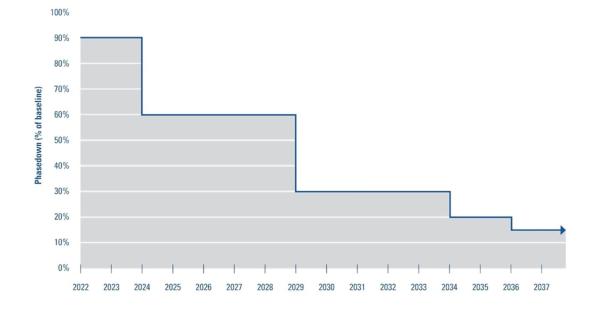

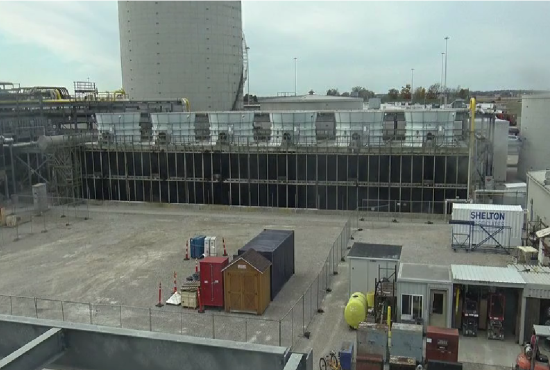
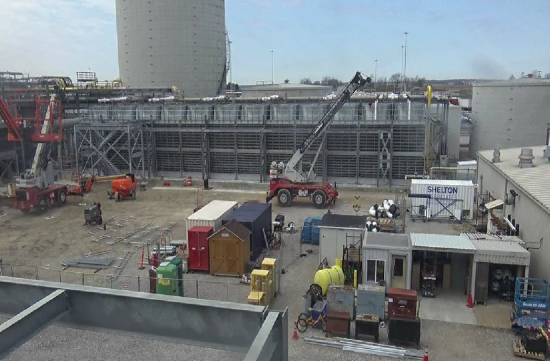

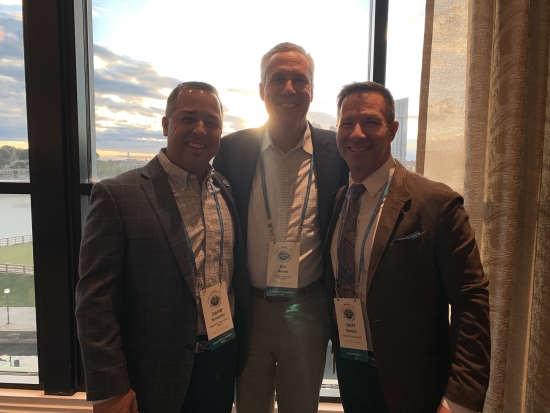
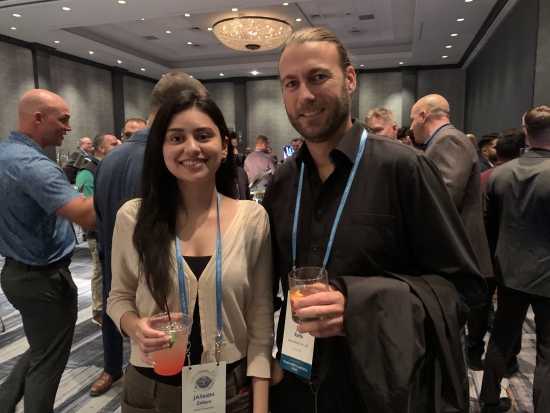
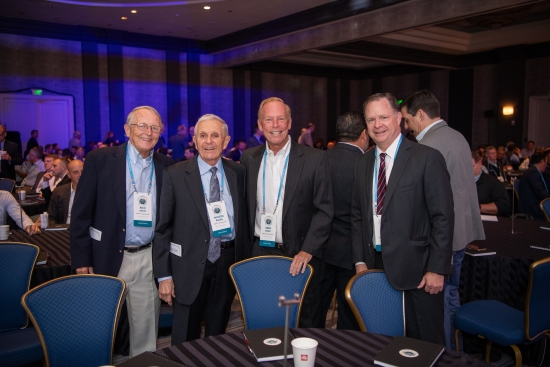
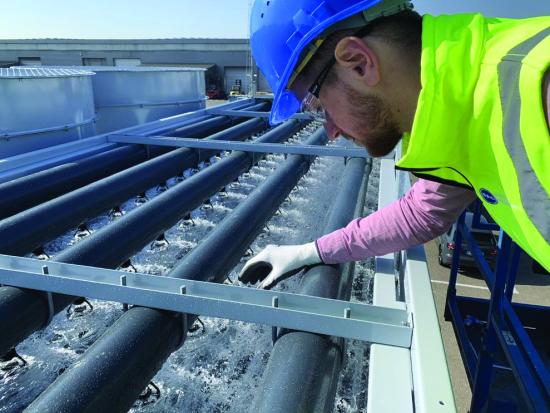

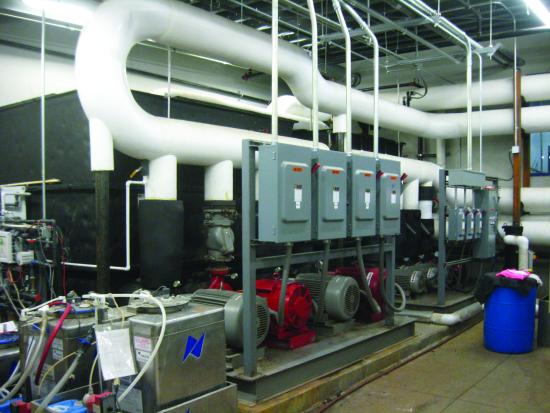
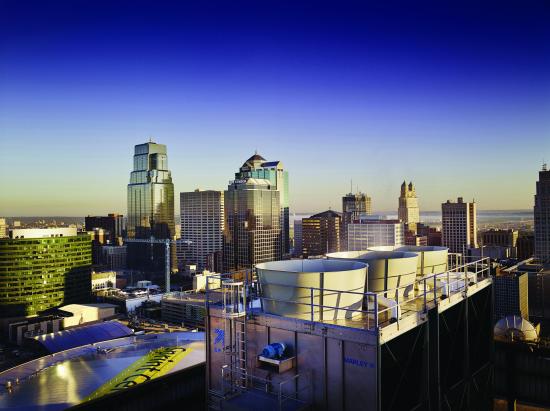

.jpg)